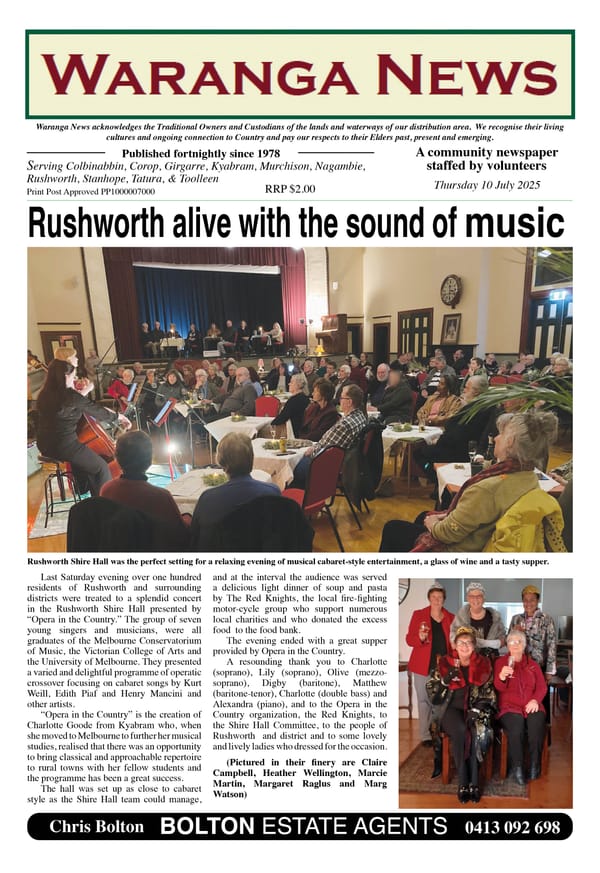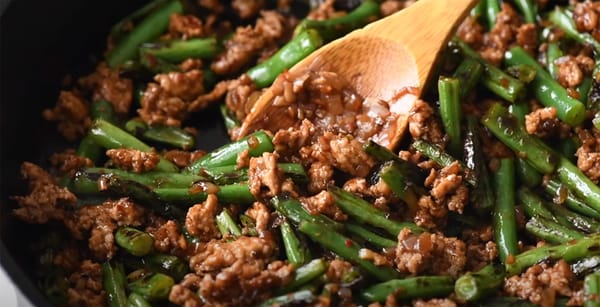72. Responses to colonisation

Aboriginal communities in the Waranga area were massively impacted by colonisation. In the face of invasion of their Country, the traditional custodians had a number of options open to them.1 As noted in the previous story, some bands may have been forced to retreat over traditional boundaries, effectively trespassing on another group’s Country. This may have contributed to some violent clashes.
Even if they were welcomed to a degree on neighbouring Country, further from the ever-expanding settlement by colonisers, they did not know that Country very well, if at all. It would take time to familiarise themselves with the Country. During that time, difficulties could arise in procuring enough food to live comfortably. They would also be removed from their songlines and sites of significance, effectively being kicked out of home. It would have been a stressful time even if the concurrent violence was not occurring.
MAINTAINING CULTURE
Another response would be to try to accommodate the settlers while simultaneously trying to maintain as much of their traditional culture as possible. This would involve staying on Country, using old songlines and regular campsites where possible, carrying out ceremony and caring for the environment.
Inevitably, this would mean some competition for resources and increase the degree of difficulty of life. For instance, the squatters had no interest in maintaining kangaroo populations, as they competed for feed with their sheep and cattle. They would be shot in large numbers or used for sport. Kangaroo meat had been a staple food for the Aboriginal people, and the rapid decline in population meant that they sometimes resorted to killing sheep, often with drastic consequences.
Other staples such as kangaroo grass and murnong (yam daisies) disappeared rapidly, which forced people who adopted this response to be, to a degree, dependent on supplies that might be available from the squatters, or the Aboriginal Protectorates while they existed. The lack of a balanced diet exacerbated other problems being faced.
ARMED RESISTANCE
Another path that Aboriginal groups could take was armed resistance. This was most evident on the Campaspe, as the squatters moved inexorably northwards. Around Barnadown, attacks were made on outstations when squatters moved onto land previously unoccupied by other squatters.
Ultimately, armed resistance proved futile because traditional weapons were no match for men on horses with guns. As has been seen, populations of Aboriginal people were already severely reduced. Armed resistance led to excessive reprisals by the colonists, often against people who had nothing to do with an attack, further devastating the population to unviable numbers.
THE NEW ECONOMY
Aboriginal people could also choose to adapt and embrace the new economy that was rapidly being developed in the area. There was a shortage of labour at the time. Many found work on the new stations although few, if any, were paid cash. Generally, payment would be in “rations” – flour, sugar, tea, tobacco and occasionally some meat. For instance, Tattambo and others worked at Molka station, south-east of Murchison.
When the gold rush started, some Aboriginal people became miners. Although they did not personally value gold, they could see that it had value in the new economy and could be used to acquire goods and services. Others lived on the fringes of gold rush towns like Rushworth, eking out a living by providing services to the miners which might include anything from performing corroborees to prostitution.
The fringe dwellers were often deemed to be “lazy” by the town dwellers. However, work as we know it had no intrinsic value to the Aboriginal people. Previously, they were content with what the colonisers would call a subsistence lifestyle. This lifestyle provided plenty of time to do the other things that the Aboriginal people valued more highly, such as maintaining kinship ties, connection to country and ceremony. There was no obsession with the accumulation of personal wealth that the colonisers had, and that our society still has. If there was plenty, it was shared.
References: 1 Taylor, Margaret, Courage and Compromise – An Examination of the Aboriginal Response to the European Colonisation of North-Eastern Victoria (1999) p 116 ff




